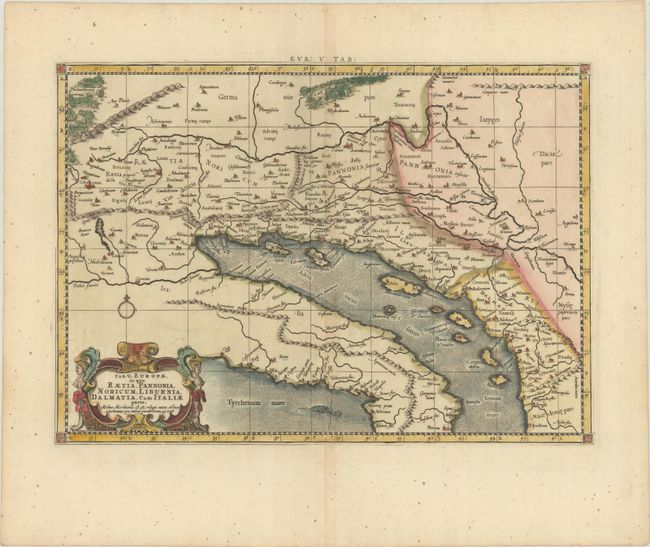Catalog Archive


Auction 184, Lot 552
"Tab. V. Europae, in qua Raetia, Pannonia, Noricum, Liburnia, Dalmatia, cum Italiae Parte...", Ptolemy/Mercator

Subject: Southern Europe
Period: 1730 (published)
Publication: Claudii Ptolemaei's Atlas Tabulae Geographicae Orbis Terrarum
Color: Hand Color
Size:
17.8 x 12.5 inches
45.2 x 31.8 cm
Download High Resolution Image
(or just click on image to launch the Zoom viewer)
(or just click on image to launch the Zoom viewer)